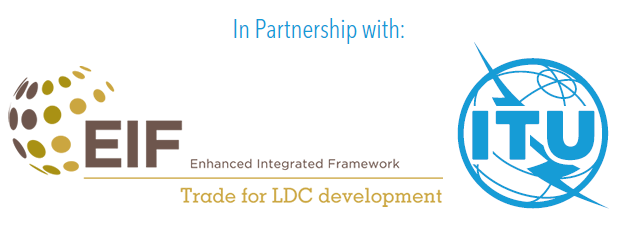2.4 Entrepreneurship and leadership
When it comes to business and entrepreneurship, globally, 28.3 per cent of women hold managerial positions.36 Also, access to business networks, knowledge sharing platforms and associations is typically lower for women than for men, and the same applies to women’s presence in decision-making roles within the ICT sector.
In most, but not all, economies, men are more likely to start new businesses than women.37 “In low- and middle-income countries, 17 per cent of women are entrepreneurs and 35 per cent aspire to become entrepreneurs. Taken together, this implies that over half of women in developing countries see entrepreneurship as a path to a better future, compared to only 25 per cent in high-income countries.”38 Majority-male-owned exporting firms perform better and are more digitally connected than female-owned exporting firms.39 Furthermore, according to Tufts University Digital Intelligence report, historically, men are more likely to get online than women. Particularly in emerging economies, women are less likely to go online and less likely to engage extensively online.40
Women entrepreneurs represent about one in three growth-oriented entrepreneurs active in the world today. According to the Global Entrepreneurship Monitor (GEM), “globally, 30.2 per cent of women entrepreneurs surveyed expected to hire six or more employees in the next five years … the percentage of men expecting to hire six or more employees in the next five years is 48 per cent.”41 The rate of women as owning and managing a running business that has paid salaries, wages or any other payments to the owners for more than 42 months) is 5.6 per cent, representing one in three established business owners globally.
Women in business (not only in the digital sector) are less likely to be part of formal business networks, particularly the international ones. These networks are important as they offer training, information, advice, partnerships and encouragement and support.42
Box 4: International networks in the digital sector
|
Women are also under-represented at top of multinational technology companies, despite efforts to close the gender gap in technical and leadership roles. According to UNESCO, “Facebook leads the way with women accounting for 23 per cent of technical roles, and 33 per cent of leadership positions. Apple has been implementing measures to hire more women and under-represented minorities since 2014, but women still only make up 23 per cent of technical roles and 29 per cent of leadership ones. Meanwhile, Amazon has been working to correct the gender imbalance since 2018, when it realized that its Artificial Intelligence AI system was not ranking women candidates for software developer and other technical roles.”43 Overall, female representation remains under 25 per cent in roles such as artificial intelligence (AI) specialist, cloud engineer and DevOps manager.44

